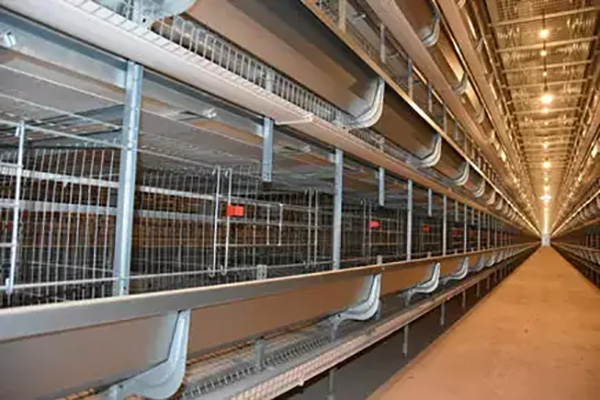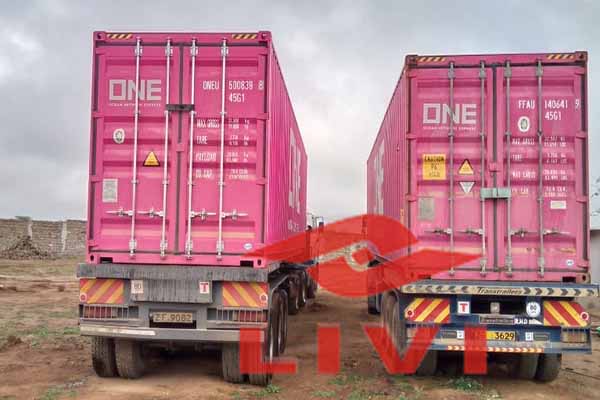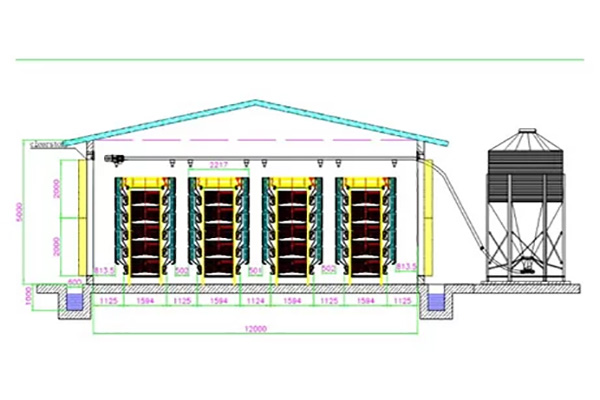Optimizing Poultry Farm Electrical Wiring System for Efficiency and Safety
Efficient and safe poultry farm electrical wiring systems are crucial for the success of any poultry farming operation. As a poultry farm owner or investor, understanding the intricacies of an effective electrical system can significantly impact your farm’s productivity and bottom line. In this article, we will explore the essential aspects of poultry farm electrical wiring systems, including design, safety features, and best practices.

Understanding the Poultry Farm Electrical Wiring System
The electrical wiring system in a poultry farm is designed to provide power to various equipment and ensure a safe environment for both the birds and farm workers. A well-designed system includes several components:
- Supply Voltage: Typically, a 3-phase, 400V supply is used for poultry farms, which is sufficient to power the required equipment.
- Transformers: Transformers are used to step down the voltage from the main supply to the appropriate level for farm equipment.
- Panel Boards: Panel boards are used to distribute electricity to different sections of the farm, such as the chicken houses, feed mills, and processing areas.
- Overcurrent Protection: Overcurrent protection devices, such as fuses or circuit breakers, are installed to prevent damage to the wiring system in case of an overload or short circuit.
- Grounding: Proper grounding is essential to prevent electrical shocks and ensure the safety of both workers and birds.
According to a study by the International Poultry Council, an effective electrical wiring system can increase farm productivity by up to 15%.
Key Considerations for Poultry Farm Electrical Wiring System Design
When designing an electrical wiring system for a poultry farm, several factors must be considered to ensure optimal performance and safety:

- Load Calculation: It is crucial to accurately calculate the electrical load requirements for all the equipment in the farm to avoid overloading the system.
- Space Planning: The electrical system should be designed with ample space for future expansions and maintenance.
- Insulation: Proper insulation is essential to prevent electrical hazards and ensure the longevity of the wiring system.
- Conductors: The conductors used should be suitable for the specific conditions in the poultry farm, such as the presence of moisture and temperature variations.
Table 1: Common Electrical Wiring Components for Poultry Farms

| Component | Description |
|---|---|
| Cable | Used to carry electrical current from one point to another. |
| Conduit | Protects cables from external damage and environmental factors. |
| Socket Outlet | Connects electrical equipment to the power supply. |
| Socket Outlet Box | Protects socket outlets from physical damage. |
| Switch | Controls the flow of electrical current to the connected equipment. |
Conclusion
Optimizing the poultry farm electrical wiring system is essential for ensuring safety, productivity, and profitability. By considering the key factors mentioned in this article, you can design an effective electrical system that meets the needs of your poultry farm. For expert advice and a free poultry farm design plan, please leave a comment below or contact us at livi-machinery.com.

